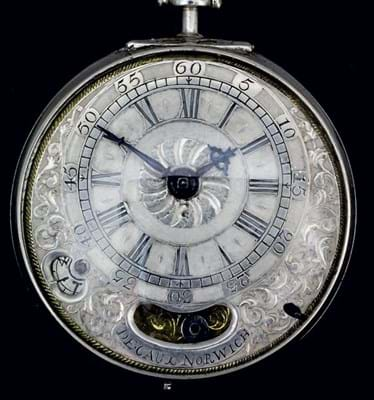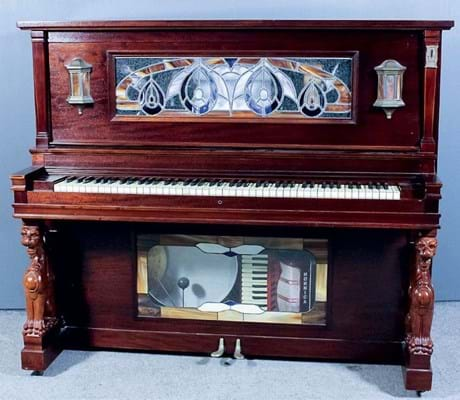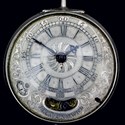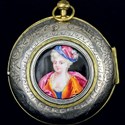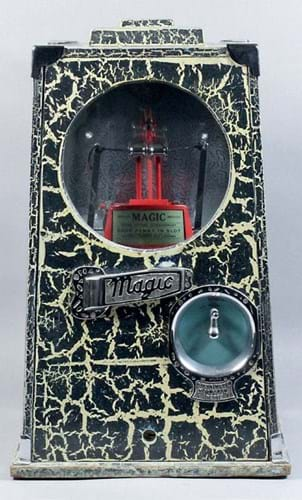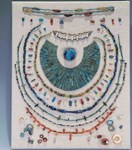First up were 72 pocket watches, mainly silver and Georgian, amassed by Ashford collector John Moon who was the longest-standing member of the Antiquarian Horological Society. He died last year aged 94.
Accompanied by his notes, 62 of the watches got away to international buyers, totalling £73,000.
Personal connection
Canterbury Auction Galleries MD Tony Pratt was a trainee at Burrows Auctions in Ashford when he first met Moon. He talked of this friendship in his catalogue notes.
He also found himself detailing one of the watches by a near-namesake: a consular-cased example inscribed to the gilt metal case Thos. Pratt No. 1 Canterbury. This other Pratt was recorded as working in the city c.1800-55.
With fusee and maintaining power, helical balance spring, chronometer balanced with Earnshaw-type weights, it was engraved to the underside EMP, (Edward Massey’s Patent), suggesting that Massey finished the watch for Pratt.
Engraved to the case London 1817 for London case-maker James Richards, it sold within estimate to an Essex collector at £3400.
Top-seller was a c.1710 (the silver case was unmarked) watch signed to the dial and backplate for Lucas De Caux, Norwich, who is recorded as working in the city prior to 1718.
With a verge escapement with fusee and balance movement and a silver champlevé dial showing a mock pendulum through a shaped sector, it was pitched at £2000-3000 and sold to a Cambridgeshire buyer at £4300.
One of the few Continental pocket watches on offer was an eye-catching c.1690 French verge ‘oignon’ watch, so called due to its bulbous shape.
Unmarked but highly decorative, the dial was chased with exotic birds, and the balance escapement bridge and the interior of the case featured enamelled portraits of young women. It sold within estimate to a collector in the room at £2300 who outbid rivals on thesaleroom.com.
Box clever
The second collection comprised juke boxes and arcade machines: the third and final tranche of a group built up by Raymond Stacey, whose enthusiasm began as a child hearing the juke box at his parents’ transport cafe.
He ran a successful business selling them until his retirement.
Stacey was in the room to see all bar three of the 28 machines sell to a hammer total of £38,000 – adding to the £44,000 raised in the 2015 and 2018 sales.
Successful bids came from the Czech Republic, Germany and Australia but the top-sellers went to English collectors.
Earliest of the mechanical music makers was the early 20th century Nickelodeon player piano by the Laffargue Company of New York.
In a mahogany case featuring a stained-glass panel, it came with six paper player rolls playing piano, accordion and drums triggered by a coin in the slot. It sold within estimate at £4600.
Coming a little more up to date, an early 1960s chrome and turquoise enamelled Rock-Ola Temp 2 jukebox went to a Kent collector at £3500.
Hitting the jackpot among the slots was a set of three Magic machines by William Bryan, considered the best of British designers. In good condition, the set sold at £5800.
Individual machines from Bryan’s Derbyshire factory (1920- 85) included two pyramid-shaped examples from the 1940s which doubled the lower estimates.
His Retreeva game in a mahogany case, in which the player tries to catch a ball bouncing through pins, made £2700 and a Magic String Cutting Machine took £2300.


